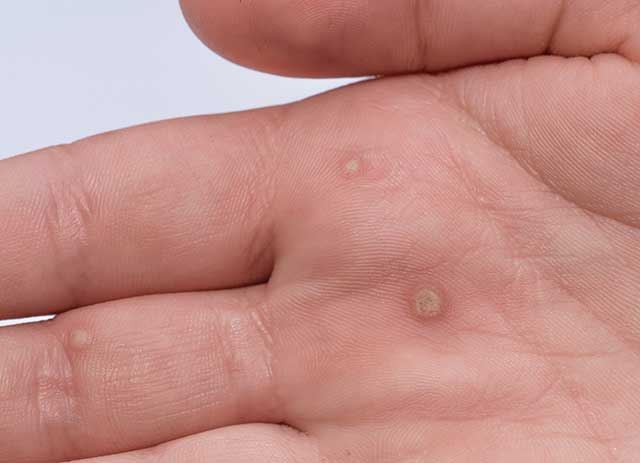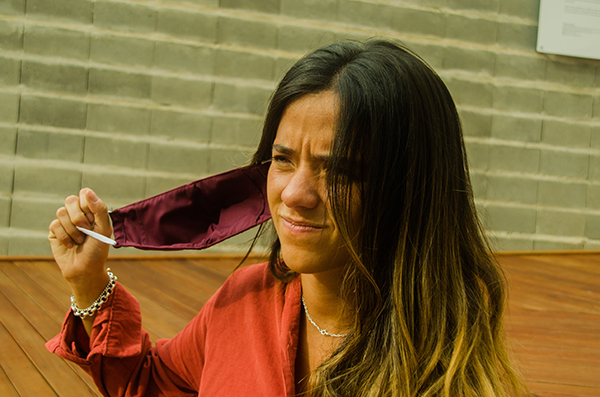Wart-be-gone: What are warts and how do you treat them at home?
04/06/2020 / By Darnel Fernandez

Warts are small, non-cancerous growths that appear when the skin gets infected by any of the viruses that belong to the human papillomavirus (HPV) family. HPVs cause raised bumps to grow on the skin, appearing more often near the hands or feet. While warts can go away on their own, without medical intervention, they could take weeks, months or even years to disappear. Warts aren’t particularly dangerous to the health, but they are contagious, painful and unpleasant to look at. Here’s everything you need to know about warts and a simple remedy that you can try to get rid of them at home.
What are the types of warts?
There are five known types of warts. Each of them can appear on different parts of the body and has a distinct appearance that will allow people to identify them.
- Common warts. These are small, grainy skin growths on the hands and feet, particularly on the fingers and toes. Common warts can also develop elsewhere in the body. These warts can take two to six months to develop after HPV infection.
- Plantar warts. Plantar warts are warts that grow specifically on the soles of the feet. Unlike other types of warts, these warts actually grow into the skin rather than out of it. If you find small holes surrounded by hardened skin on the bottom of your feet, you can be sure they’re plantar warts. Due to their location, plantar warts can make walking quite uncomfortable.
- Flat warts. From their name alone, flat warts are distinguishable by their flat tops. However, these are normally small and not immediately noticeable unless you look closely. Flat warts normally appear on the thighs, arms and face and can be found in different colors: pink, brown or yellow.
- Filiform warts. These warts usually grow around the mouth and nose, on the neck or even under the chin. They are small growths shaped like tiny flaps or tags of skin.
- Periungual warts. Periungual warts are warts that grow around and under the toenails and fingernails, making them quite painful to have. Considering their growth patterns, they also affect nail growth.
How to treat warts at home
While warts can go away on their own, they can be quite uncomfortable, so you may be looking for an easy way to treat them in the comfort of your home. One popular and easy treatment for warts is duct tape removal. This method can help you get rid of warts more quickly than if you were to wait for them to disappear on their own. However, this method requires repeated application of duct tape.
To perform duct tape wart removal, here are a few steps you need to follow:
- Cut out a small piece of duct tape large enough to cover the wart.
- Thoroughly clean the area around the wart and leave to dry. Apply the duct tape to the wart.
- If the duct tape starts falling off, immediately replace it with another piece.
- About once every week, remove the tape and wash the wart to remove dead skin cells. Allow the wart to dry overnight before reapplying another piece of duct tape.
Wart prevention
If you want to prevent warts or quell their spread, here are a few things that can significantly help. (Related: 25 alternative treatments for warts.)
- Practice proper hygiene. This involves washing your hands regularly, especially after physical contact with someone with warts.
- Refrain from picking at your warts to keep them from getting worse.
- Avoid covering them with a bandage and keep your hands and feet dry at all times.
- When going into a communal bathing facility or locker room used by many people, wear shoes or flip-flops to protect your feet from infections.
Learn more about other home ways to treat or prevent warts at Remedies.news.
Sources include:
Submit a correction >>
Tagged Under:
common warts, cosmetics, duct tape treatment, how-to, HPV, human papillomavirus, infections, natural cures, natural medicine, prevention, remedies, skin health, warts
This article may contain statements that reflect the opinion of the author
RECENT NEWS & ARTICLES
Infections.News is a fact-based public education website published by Infections News Features, LLC.
All content copyright © 2018 by Infections News Features, LLC.
Contact Us with Tips or Corrections
All trademarks, registered trademarks and servicemarks mentioned on this site are the property of their respective owners.





















